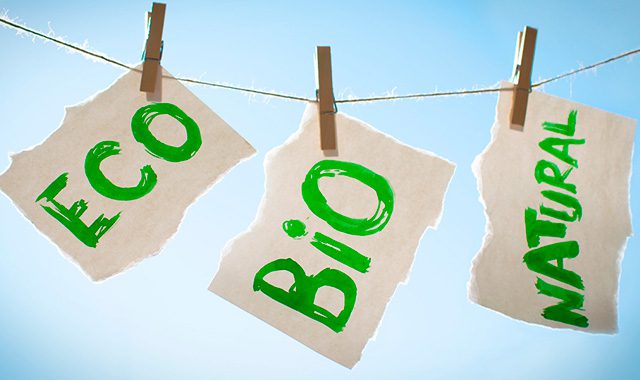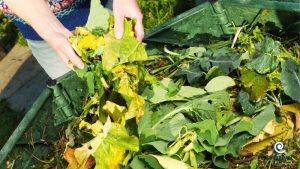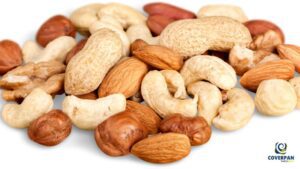Due to the 2030 Agenda legislations, there are doubts about the use of terms such as “sustainability”.
The new legislations established by the United Nations to achieve the Sustainable Development Goals (SDGs) set by the 2030 Agenda and the European Green Agreement, has sharpened the ingenuity of many manufacturers who play with the ambiguity of the term “sustainable”.
Specifically, in order to reduce the use of plastic generated, these legislations establish that from now on until the year 2030 all the packages must be reusable, recyclable or compostable.
However, do we exactly know what does recyclable mean, which packages are recyclable and what is the difference between biodegradable and compostable? As these terms can cause some kind of confusion, the term “green washing” has arisen to help us.
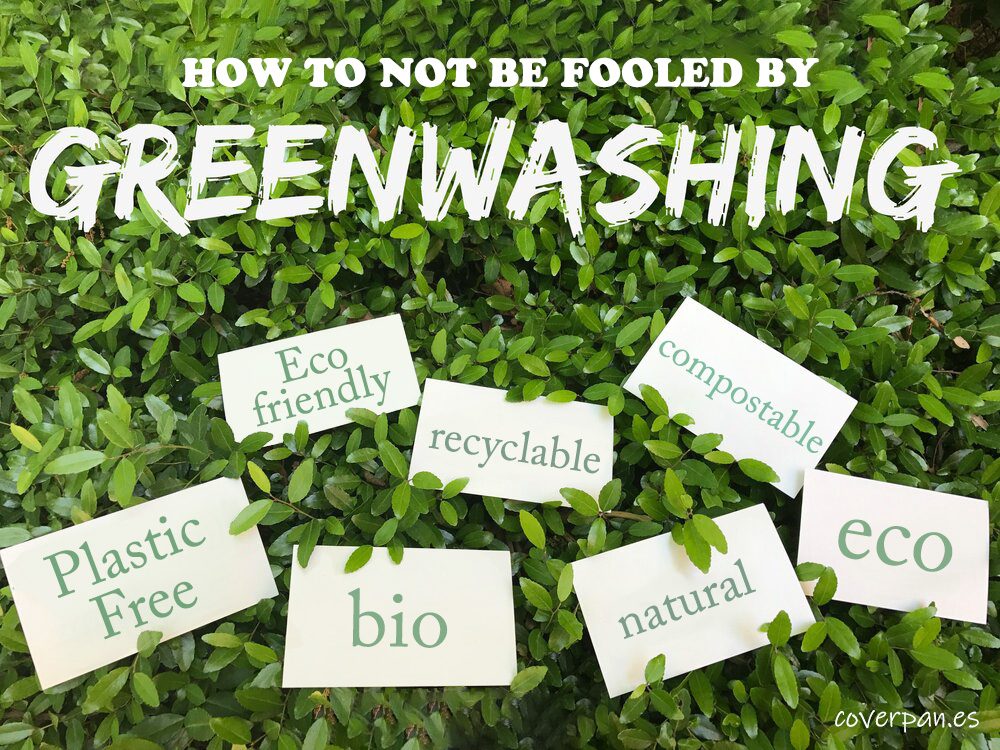
What does green washing mean?
This word comes from the English language and has been used to describe the inadequate treatment that some companies use when introducing new products or any other projects as environmentally friendly although this is not true in reality.
During these past years, terms such as “sustainability”, “eco”, “bio” or “eco-friendly” have been left behind due to misleading marketing strategies.
Many companies use the eco marketing to increase their sales
Some companies have not always been truthful in their marketing campaigns with the intention to be ahead of their main competitors.
It is a way of not telling the truth to the customer and to give them a different idea about what “green” really means.
There are different strategies to do “green washing”. Websites, Social Media, photos, email marketing, publicity, events. Needless to say, the clue of these strategies is in the packaging.
Green washing within the packaging industry
It seems that there is a lack of awareness around biodegradable, compostable, reusable, and recyclable terms that some consumers are not familiarised with and do not know where to deposit these containers for their correct classification.
We will now explain them:
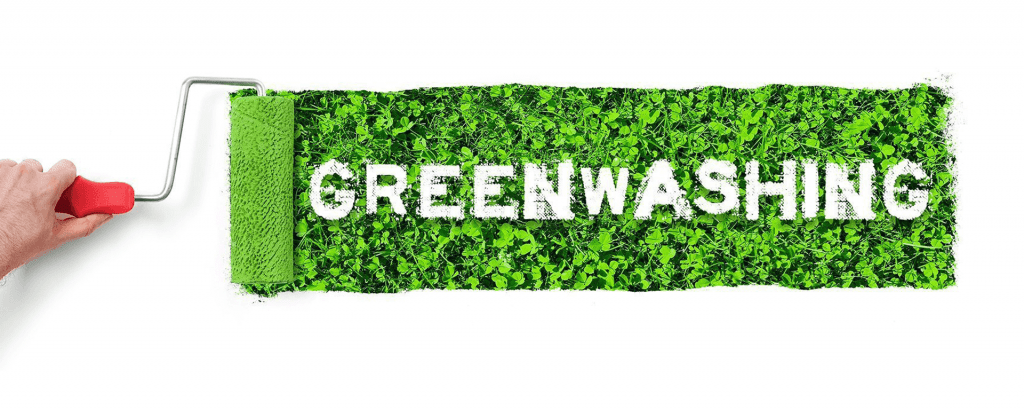
Recyclable
When it comes to recycling, there is uncertainty about which containers can be recycled and what others cannot.
Generally, single-layer materials such as PET (Polyethylene terephthalate), HDPE (High density polyethylene), and PP (Polypropylene) possess higher elements for its recycling.
But, what happens when we combine some plastic materials within the same container? Do they still maintain its recyclable condition? The answer is no.
The combination of different polymers represents several issues with plastic recycling as it is a single structure that prevents that the materials can be separated. Several chemical recycling and mechanical recycling are being developed seeking that multilayer materials of a conventional structure can be separated, but for the time being it has not been successful as well as the high cost that makes this not being cost-effective.
The main issues that make plastic recycling be more complicated are the price and quality of the recycled product. Plastic processors require big quantities of recycled plastic manufactured with strict specifications that are controlled and have a competitive price.
As plastic is flexible and every single manufacturer has different needs in terms of functional and esthetical, the diversity of raw materials makes this recycling process more complicated. It is more difficult and affects to the final quality of the product.
The UNE-EN-13430 law establishes the requirements and conditions for these types of containers.
Reusable
Apart from its recyclability, the future of packaging begins with the design that allows its reusability. When it comes to reusable packaging we must highlight that we are referring to glass, metal or cardboard.
The UNE-EN-13430 law establishes the requirements and conditions for these types of containers.
Compostable
The word compostable means that can be degraded by the action of organisms (biologically) producing carbon dioxide, water, inorganic compounds and biomass in a controlled period of time.
This concept is often confused with the term biodegradable, which means that a substance has the capacity to be decomposed by biological action. But this does not mean that will become compost. These materials are micro fragmented and remain in the environment.
A compostable material is biodegradable but a biodegradable material is not necessarily compostable.
The UNE-EN-13430 law establishes the requirements and conditions for these types of containers.
Things that you need to take in consideration when selecting
Every project needs to be analysed to see which option can be more accurate for the product that we are going to pack. We highly recommend using “Ecodesign” tool that will help you to choose the best option for your needs.
- Is my container reusable, recyclable or compostable?
- Are there any materials with the same capabilities that the current ones I use?
These are just some examples of questions that you will need to answer in the development of your activity.
If you found this information useful, you can check our website to have more information about our projects and initiatives as well as the different flexible packages we can offer you at Coverpan S.L.

